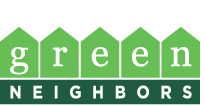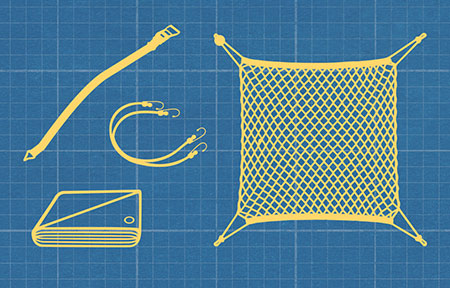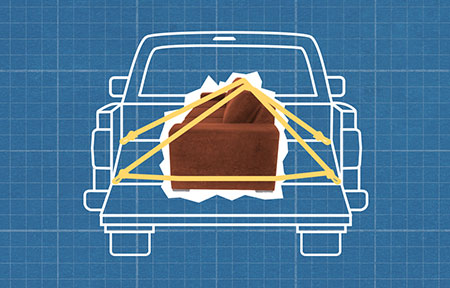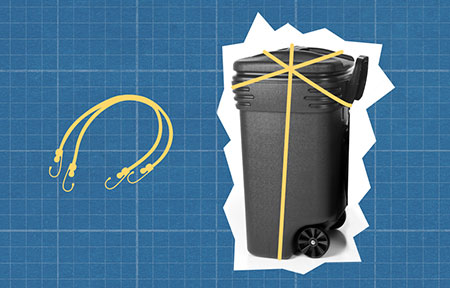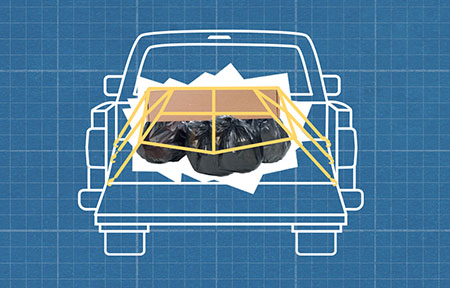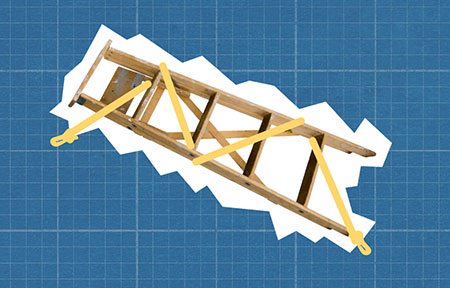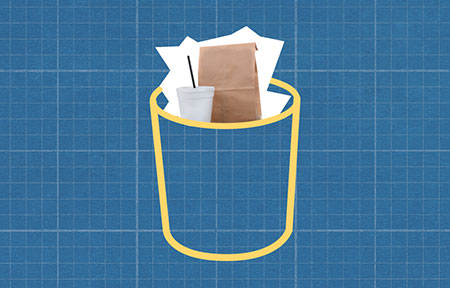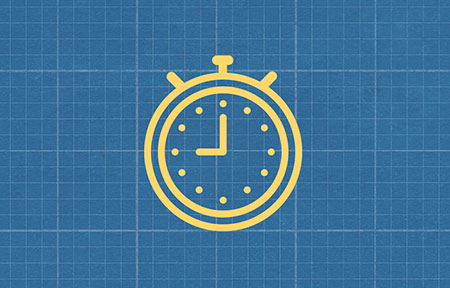Contact Details
Reduce and Recycle
The holiday season can produce a lot of waste. The United States creates 5.8 million tons more waste in December than in other months of the year. But there are ways to keep your holiday season sustainable!
Holiday waste disposal Holiday waste prevention guide Food waste podcast
Holiday tree recycling
Reduce the amount of waste you send to the landfill—recycle your natural tree to be chipped into mulch! Download this Clark County tree recycling guide to properly dispose of your tree after the holidays.
Holiday Tree Recycling Holiday Tree Recycling - Spanish
Specialty holiday waste disposal
-
Battery disposal
When batteries are improperly stored and/or disposed of they can cause serious harm. Batteries that end up in household garbage or inside of recycle carts can explode and pose a significant fire risk.
Luckily, there are now several safe Battery Drop-Off sites throughout Clark County! These convenient locations accept a variety of batteries from Clark County households, including cell phones and rechargeable batteries, which often pose the biggest safety risk when improperly disposed of.
Locate battery drop-off locations on the RecycleRight app (available on Apple and Android devices) or search the Recycling A-Z Directory.
-
Block foam
Never place block foam in your curbside recycle cart. During the transportation and sorting process the foam easily breaks apart and gets mixed with recyclable items, posing challenges at the sorting facility.
If you have block foam that you need to dispose of, check out these options:
- Drop off foam for recycling at Earth Friendly Recycling in Vancouver, WA.
Become a member of a subscription specialty recycling service to have foam and other select items collected from your doorstep for recycling. Options include RecyclePlus or Ridwell, which is for households located in limited-service areas. Place block foam in your garbage cart.
-
Air pillows and bubble wrap
It’s common to see items such as bubble wrap, air pillows, bubble mailers and plastic packaging delivered year-round to our doorstep. Despite being labeled with recycling symbols, these items cannot go in your curbside recycling cart. These items can only be recycled when taken to a plastic film collection location, otherwise they go in the garbage They can be dropped off at a local retailer for special recycling. Try searching for “plastic packaging” disposal information available on the Recycling A-Z Directory or the RecycleRight app (available on Apple and Android devices).
-
String lights
Holiday string lights should never be placed in your curbside recycle cart. When string lights end up at the transfer station in a recycling load they get tangled in equipment.They get stuck on the sorting line and cause the machinery to jam, resulting in costly repairs.
Please place string lights in the garbage can or take them to a local recycler such as Earth Friendly Recycling.
Fall season has arrived and everything is pumpkin flavored! Time to pick out your favorite costume and decide which scary monster to transform your pumpkin into.
Many of us enjoy a good scare during Halloween, but most don’t know about the true terror that happens when the festivities end: the waste! Especially the 1 billion pounds of pumpkins that end up in the landfills. Landfills are an anaerobic environment (lacking oxygen) causing organic material like pumpkins to produce methane, which is a greenhouse gas at least 28 times as potent as carbon dioxide. Additionally, pumpkins are made of 90% water which contributes to the production of leachate.
Instead of throwing out your pumpkins and sending them to the landfill, remember that composting organic waste is the most sustainable option! Nutrients found in pumpkins are healthy for us, animals and the environment when we dispose of them properly. Pumpkin’s flesh is high in fiber and their seeds can be rich in potassium and protein. Yet only a fifth of the pumpkins we grow are processed for food products like canned pumpkin.
This is our opportunity to make sure our pumpkins and the nutrients they hold are put to good use!
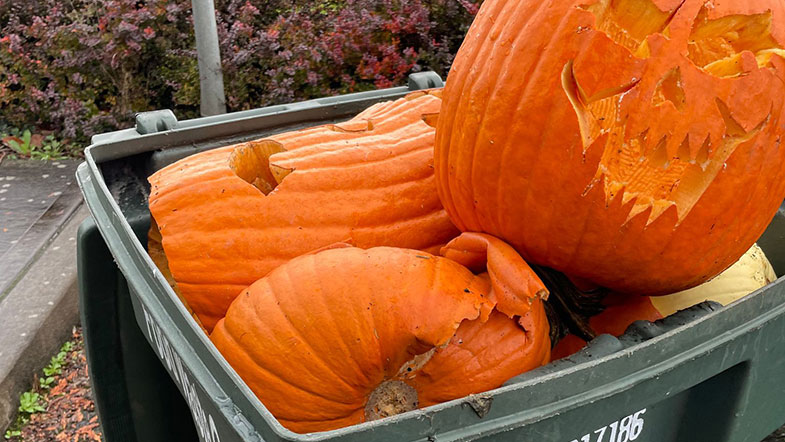
Compost curbside with your yard debris or organics cart
In Clark County, pumpkins are accepted in yard debris carts during the months of October and November.
In Camas and Washougal pumpkins are not accepted in yard debris carts. Camas and Washougal residents can compost pumpkins for free using the We Compost Community Hub program.
In the cities of Vancouver and Ridgefield, pumpkins are accepted in organics carts all year.
Find your nearest We Compost Community Hub!
If you don’t have a curbside option, check out the We Compost pilot program and find the nearest drop-off site near you! We Compost Community Hubs are available to all Clark County residents, providing an option to dispose of all food scraps (not just pumpkins).
Create healthy soil by backyard composting
If your pumpkins have been sitting out and are starting to decompose, then it’s the perfect time to add them to your backyard compost pile. For best results, break or cut your pumpkins into smaller pieces before adding them to your pile. This will help the microorganisms break them down faster. Remember to remove the seeds, unless you want pumpkins growing in your compost or garden. Also make sure to add some dry carbon material, like leaves or newspaper, since pumpkins are mostly water!
If you don't know how to backyard compost but want to learn, the Composter Recycler program is an amazing resource to begin at no cost. You don't need specialized equipment to get started, just a bit of knowledge! Visit the Composter Recycler website to learn more about how you can start composting your pumpkins in your own backyard, register to attend free online composting education workshops and view recordings of past webinars.
If you don’t have a compost pile but still want to benefit from the nutrients your pumpkins can provide, then simply bury small pieces of the pumpkin in your garden. As they break down, the nutrients will enrich the soil around your garden and create healthier, happier plants.
Eat what you can!
- If you haven't carved or decorated your pumpkin yet, you can find endless recipes online for how to consume your pumpkin, from the seeds to the skin!
- Roasted pumpkin seeds are a healthy and yummy snack. They can be eaten by themselves or within trail mix and salads! Peeled pumpkin skin can be dehydrated and eaten as a simple pumpkin chip snack. Add a cinnamon stick and boil pumpkin skin to create a delicious tea.
- You can puree the pumpkin flesh to include in sweet or savory dishes. Some recipe ideas include a classic pumpkin pie, pumpkin bread, pumpkin lasagna, pumpkin soup, pumpkin butter and pumpkin hummus. There are so many options to try!
- If you don’t want to eat the pumpkin puree, it is full of nutrients and vitamins that are ideal for creating a DIY natural face mask. Pumpkin puree is also great for our four-legged friends; its vitamins and nutrients benefit their skin and digestive tract!
Feed to animals or donate to a local farm
Make a bird feeder
You can create a DIY bird feeder using half of the pumpkin and filling it with bird seed. You can even cook the pumpkin seeds without seasoning and add them to the bird seed.
Feed your chickens
Chickens are known to enjoy eating pumpkins. If you or a neighbor have chickens, you could consider adding pumpkins to their feed! Be sure to do this when the pumpkin is still fresh and has not started to mold.
Donate to a local farm
Some local farms accept pumpkin donations to feed to their animals. Just remember to remove any paint or decorations before donating so the animals only eat delicious pumpkins.
- Gather and Feast Farm is in La Center and hosts their own pumpkin recycling program, allowing you to feed their Scottish Highland Cows and goats!
- Dawning Day Farm is in Battle Ground and encourages its customers and neighbors to donate their pumpkins to feed their cows and other livestock.
By keeping food waste out of your garbage, you’re reducing negative impacts on the environment, keeping the smell out of your house and creating healthy compost that goes back into the earth.
The annual Fall Leaf Coupon Program offers free recycling for leaves October 1 – December 31, courtesy of the City of Vancouver and Clark County Public Works. An average of around 2,000 tons of leaves are disposed each year by Clark County residents through the program.
In addition to cleaning up your yard, you are also helping to prevent storm drains from getting clogged with leaves that can cause rainwater to pool and flood streets. Keep our neighborhoods safe and clean by avoiding blowing or raking leaves into the street.
Other options for leaf disposal include backyard composting, subscribing to the organics or yard debris service through Waste Connections.
Download coupons Drop-off locations Program details
Program details
- Clark County residents only.
- Fill out coupon with name and address and take to a designated drop-off location.
- LEAVES ONLY, up to 5 cubic yards.
- No trimmings, yard debris or mixed loads with the coupon; these items will be charged at the regular yard debris rate.
- Cover your load.
- Leaves must not be in bags.
Download a coupon
- Leaf Disposal Coupon (English)
- Español (Spanish) Cupón
- Русский (Russian) Купон
- Tiếng Việt (Vietnamese) Phiếu ưu đãi
Request a Coupon
If you are not able to print out a coupon, you can pick one up at these locations:
- Vancouver City Hall, 415 W Sixth St., Vancouver.
- Vancouver Utility Services, 2323 General Anderson Ave., Vancouver.
- Vancouver Marine Park Engineering office, 4500 SE Columbia Way, Vancouver.
- Waste Connections Customer Service Office, 9411 NE 94th Ave. Bldg A, Vancouver.
- Water Resources Education Center, 4600 SE Columbia Way, Vancouver.
Please call Vancouver Solid Waste at 360-487-7160 or email solidwaste@cityofvancouver.us to request a coupon by mail if you cannot pick one up. Please allow additional time to receive the coupon after making your request.
Drop-off locations
-
City Bark & Recycling
2419 NE Andresen Rd, Vancouver WA
360-253-8461 -
H&H Wood Recyclers
8401 NE 117th Ave, Vancouver WA
360-892-2805 -
McFarlane's Bark
8806 NE 117th Ave, Vancouver WA
360-892-6125 -
Triangle Resources
612 SE Union St, Camas WA
360-834-7253 -
West Vancouver Materials Recovery Center
6601 NW Old Lower River Rd, Vancouver WA
360-737-1727
Report a clogged drain
Residents can clear clogged storm drains from neighborhood streets with low traffic, but clogged drains on busy streets should only be cleared by city and county Public Works employees. Report clogged drains and water over roadways to:
- Clark County Public Works (roads in unincorporated Clark County)
- City of Vancouver Public Works (roads in Vancouver city limits)
Throwing out food = throwing out money
We've all been there with moldy bread, slimy tomatoes, freezer burned meat, and the list goes on. If we had just been more realistic about what needed to be eaten versus what we wanted to eat, maybe we wouldn't have had to throw away so much food. The average household could save up to $3,000 per year by preventing food waste!
Read more Food waste podcast We Compost Community Hub
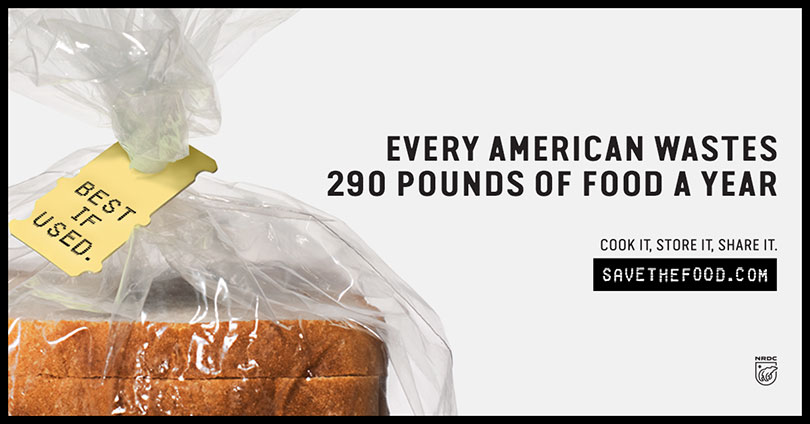
Leftovers again?!
Leftovers were not a category of food in the 19th century until the arrival of the refrigerator, as using up every bit of food was necessary and a part of every day life. It wasn’t until the country started to prosper and people felt a sense of abundance with food available at every corner that leftovers became a bit of a joke, and dinnertime was met with grumbles if food made a repeat appearance.
Food insecurity
Many people experience food insecurity in our own state with 1 in 10 Washingtonians consistently struggling with hunger. In addition, 1 in 6 Washington kids live in a household that faces challenges in putting enough food on the table.
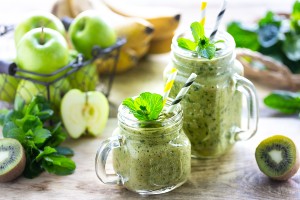
What you can do to waste less food
There are many opportunities to learn, donate and take the next steps in shopping your shelves and eating what you have. Read below for some helpful tips excerpted from Waste Free Kitchen Handbook by Dana Gunders. Start with small, simple steps to build upon.
Help prevent accidents and keep litter off our roadways. Unsecure loads can be deadly, yet we still regularly see items flying out of the back of vehicles on roadways.
Tips to help you keep your load covered and secure
- Lighter goes lower
- Tie it down
- Don’t overload
- Always double-check
Before leaving home, ask yourself the following questions:
- Would I feel safe if I were driving behind MY vehicle?
- Is the load covered and secure on the top, back and sides?
- What would happen if I needed to swerve or stop suddenly?
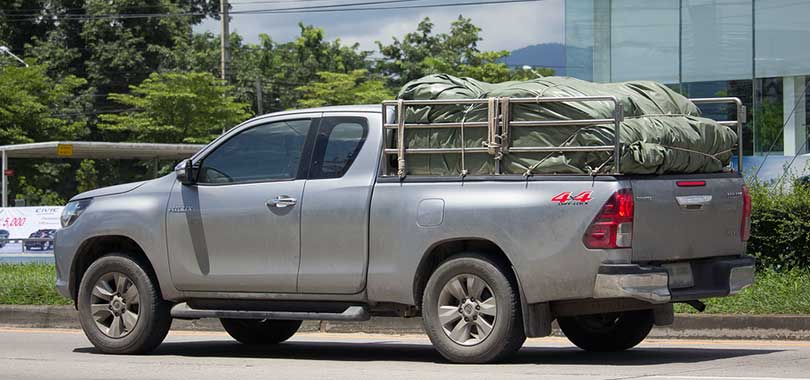
Obey the law
To prevent litter and injury, the state of Washington and local ordinances require all loads being hauled to be secured and covered. Under these rules, any load with visible unsecured waste will be subject to a surcharge at the transfer station.
We all have a part to play in keeping our roads safe and litter free. To avoid unnecessary fees and to protect our community, always secure your self-hauled garbage and recycling. The Washington Department of Ecology offers tips on securing your load.

